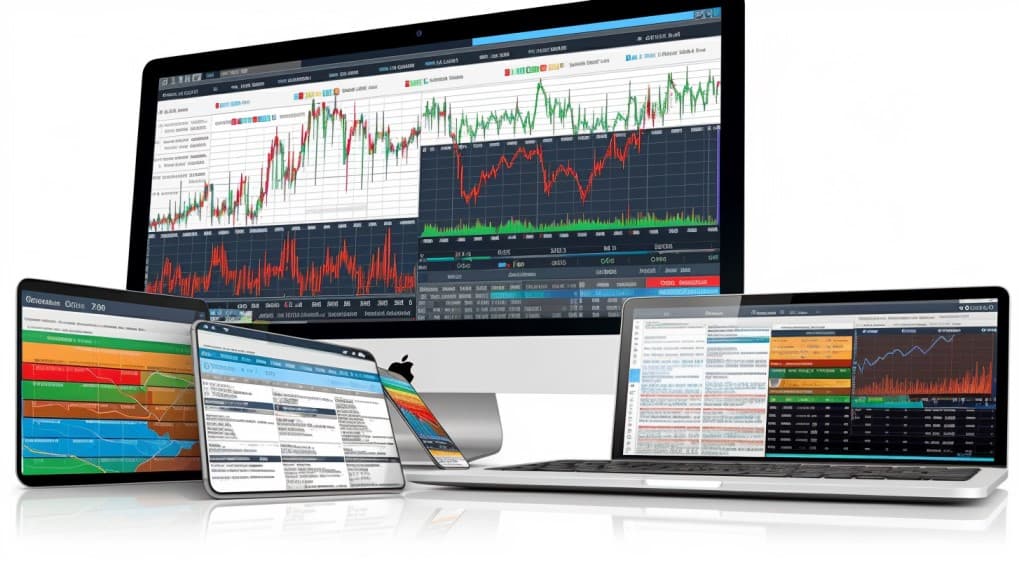
What is the BLV ETF ?
In the world of finance, Exchange-Traded Funds (ETFs) have become increasingly popular among investors due to their flexibility and diverse range of investment options. One such ETF is the BLV ETF, which stands for . In this article, we will explore the ins and outs of the BLV ETF, its underlying assets, benefits, and important considerations before investing.
Vanguard Long-Term Bond Index Fund ETF Bond ETFs are investment funds that pool investors' money to buy a diversified portfolio of bonds. They trade on major stock exchanges, providing investors with the ease of buying and selling throughout the trading day at market-determined prices. The BLV ETF offers investors exposure to a basket of high-quality bonds, making it an attractive option for those seeking stability and consistent income.
BLV ETF Underlying and Exposure: What Does It Track and How?
The BLV ETF's underlying assets primarily consist of a selection of long-term investment-grade U.S. government and corporate bonds. These bonds are carefully chosen to match the performance of a specific bond index, which is often representative of the broader bond market. The ETF's performance will mirror the index it tracks, as it holds a portfolio with similar weights to the index constituents. This underlying structure ensures that the BLV ETF provides investors with a diversified exposure to the bond market.
 BLV overlap What is the BLV ETF ?
BLV overlap What is the BLV ETF ?
BLV ETF: Benefits of Investing in This ETF
Investing in the BLV ETF offers several advantages. First and foremost, it provides a low-cost way to gain exposure to a diversified portfolio of bonds. Instead of purchasing individual bonds, investors can buy shares of the BLV ETF, which offers instant diversification. Furthermore, bond ETFs like BLV provide liquidity, allowing investors to easily enter or exit their positions at any time during market hours. The ETF also pays periodic dividends, making it an appealing option for income-focused investors.
BLV ETF: Considerations Before Investing
While the BLV ETF offers numerous benefits, investors should consider certain factors before adding it to their portfolios. Bond prices and interest rates have an inverse relationship, meaning that when interest rates rise, bond prices generally fall. As a result, if you anticipate rising interest rates in the future, it could negatively impact the performance of the BLV ETF. Additionally, like any investment, it is essential to assess your risk tolerance and investment goals to determine if the BLV ETF aligns with your overall financial strategy.
Conclusion:
In conclusion, the BLV ETF provides investors with an opportunity to access the bond market efficiently and cost-effectively. With its underlying assets consisting of high-quality bonds, the ETF offers stability and income potential. However, investors should carefully consider their individual financial situations and long-term goals before investing in the BLV ETF or any other financial instrument.
Disclaimer: This article is for informational purposes only and does not provide any investment advisory services.
Sources:
BLV quote and analysis
Discover the top holdings, correlations, and overlaps of ETFs using our visualization tool.
Our app allows you to build and track your portfolio.
To learn more about the BLV Vanguard Long-Term Bond ETF, access our dedicated page now.
FAQ
What is the BLV ETF?
The BLV ETF, also known as the iShares Long-Term Bond ETF, is an exchange-traded fund that provides investors with exposure to a portfolio of long-term U.S. government and corporate bonds.
What is the underlying index that the BLV ETF aims to track?
The BLV ETF aims to track the performance of the Bloomberg Barclays U.S. Long Government/Credit Bond Index, which includes long-term U.S. government and investment-grade corporate bonds.
What types of bonds are included in the BLV ETF?
The BLV ETF primarily holds long-term U.S. government bonds, as well as investment-grade corporate bonds issued by companies with strong credit ratings.
How does the BLV ETF work?
The BLV ETF operates by pooling investors' funds to purchase a diversified basket of long-term bonds that replicate the composition and performance of the underlying index, providing investors with exposure to the long-term bond market.
What are the advantages of investing in the BLV ETF?
Investing in the BLV ETF can offer potential income through bond interest payments, diversification within the bond market, reduced interest rate risk due to longer maturities, and a relatively stable investment option compared to riskier assets.